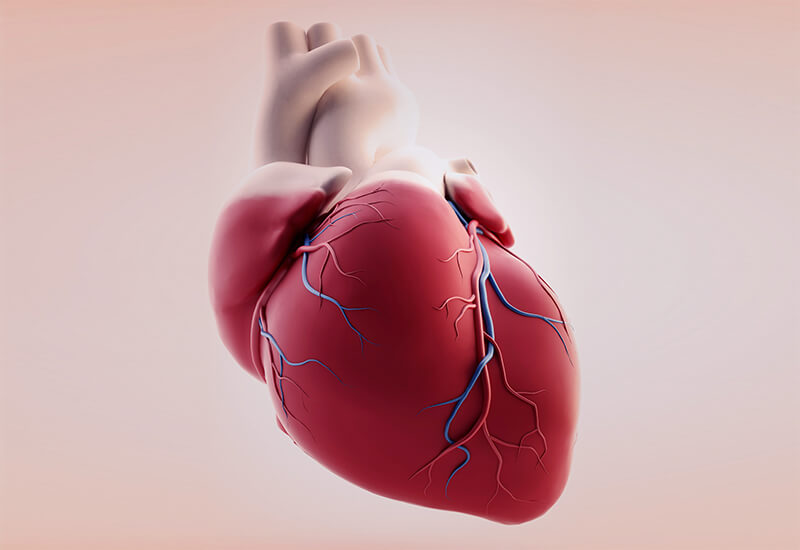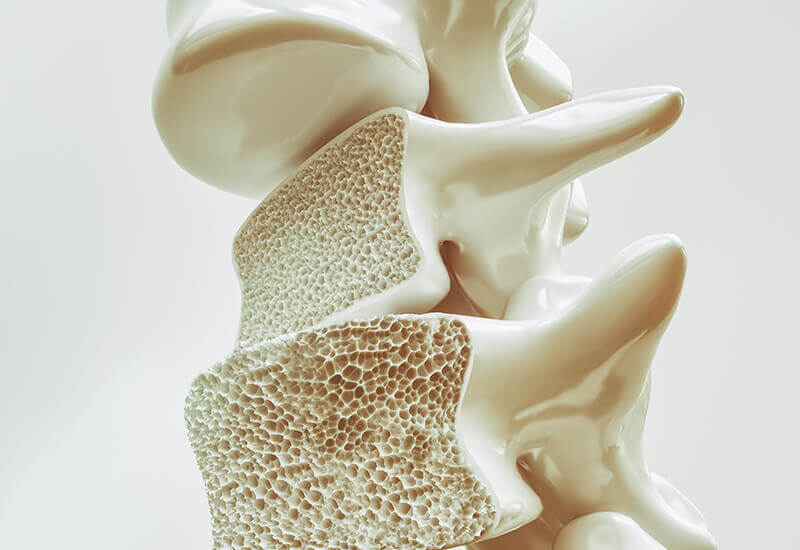Description
Cardiovascular disease encompasses a wide range of disorders, many of which involve the narrowing or blockage of blood vessels, resulting in chest pain (angina), heart attacks, and strokes.
Cardiovascular disease is the leading cause of death, accounting for over 30% of all fatalities globally. Lifestyle choices such as physical inactivity, unhealthy dietary habits, and smoking can all heighten the risk of heart problems. However, certain “hidden” factors, such as specific genetic variants, can also predispose individuals to heart attacks.
By conducting a simple mouth swab, we can determine if you have inherited DNA variations that can impact the health of your heart.
TURNAROUND TIME
SAMPLE TYPE
AGE REQUIREMENT
GENDER
Test Details
The specific genes analyzed in this test
Numerous genetic variations have been associated with cardiovascular disease. Some of these variations can increase the risk of cardiovascular disease, while others may have a protective effect.
- ANGPTL4, APOA5, FADS1, GALNT2, HNF4A, LIPG, MMAB: Reduced “good” HDL-cholesterol
- CETP, LCAT, LIPC, LPL: Elevated “good” HDL-cholesterol
- APOB, FADS1, LDLR, NCAN, PCSK9, SORT1, SUGP1: Reduced “bad” LDL-cholesterol
- HMGCR, HNF1A, TRIB1: Elevated “bad” LDL-cholesterol
- LPA: Elevated lipoprotein(a)
- CRP, GCKR: Elevated C-reactive protein (CRP)
- APOA5, FADS1, GALNT2, GCKR, NOS3, TRIB1: Elevated triglycerides
- ANGPTL3, LPL, MLXIPL, NCAN: Reduced triglycerides
- 9p21: Decreased control of cell proliferation
Cholesterol
Cholesterol is a fat-like substance that is both produced by our bodies and obtained through certain foods. It is transported throughout the body in two forms of lipoproteins – high-density lipoprotein (HDL) and low-density lipoprotein (LDL). Reduced levels of “good” HDL-cholesterol or excessive amounts of “bad” LDL-cholesterol can lead to cholesterol build-up in the arteries, causing them to narrow or become blocked. This can result in a range of cardiovascular problems, including heart attacks, strokes, and other complications.
Triglycerides
Triglycerides are formed through the digestion and breakdown of fats present in our diet, and they constitute the largest portion of fat reserves in the body. Elevated levels of triglycerides can lead to obesity and heart disease.
C-reactive protein (CRP)
The liver produces C-reactive protein (CRP), which tends to increase in response to inflammation. Elevated levels of CRP can be a risk factor for heart disease.
Lipoprotein(a)
Very low-density lipoprotein (VLDL) is a type of lipoprotein that resembles “bad” LDL. It is high in cholesterol, and excessive levels of VLDL are associated with an increased risk of developing cardiovascular disease.





